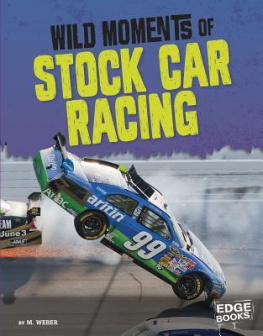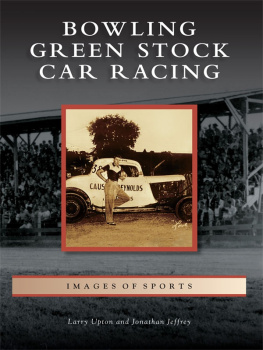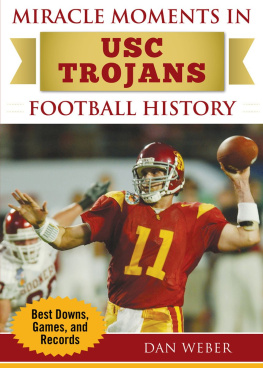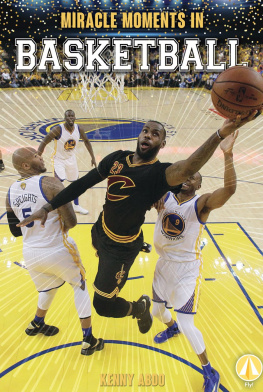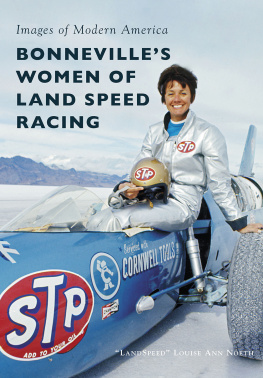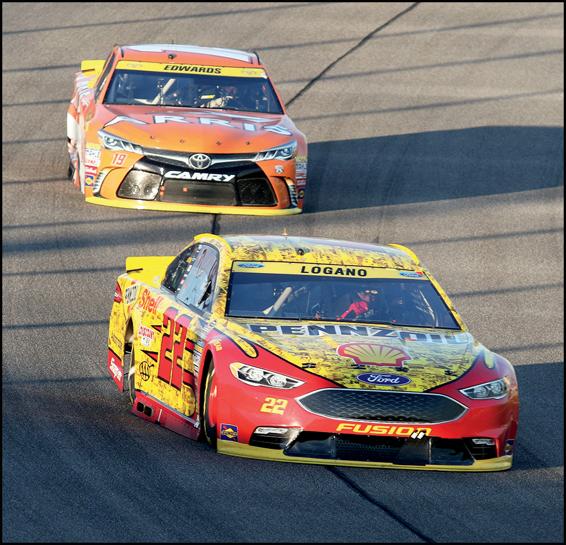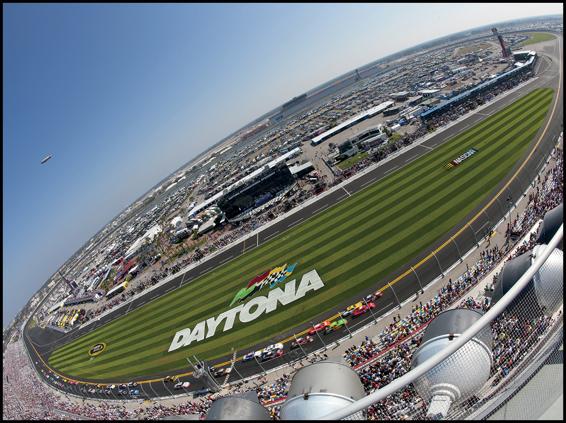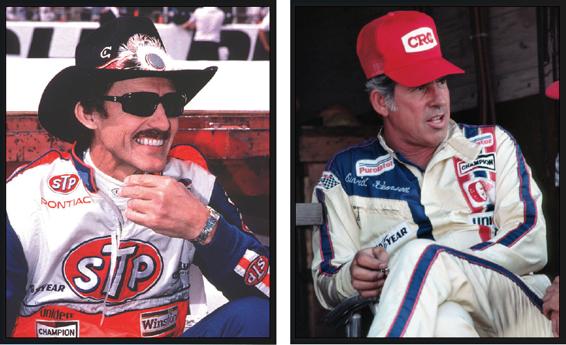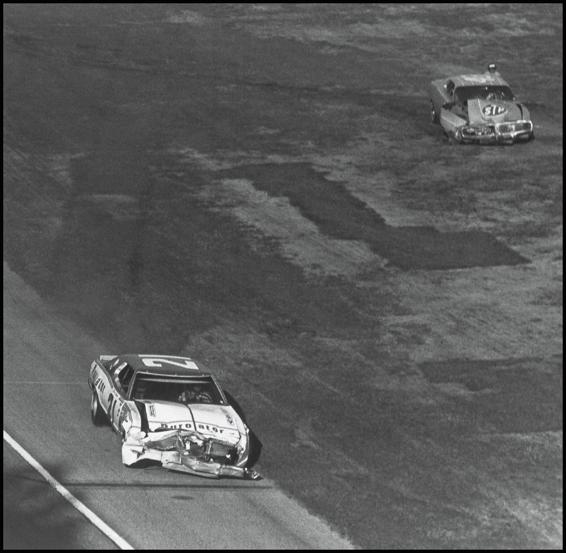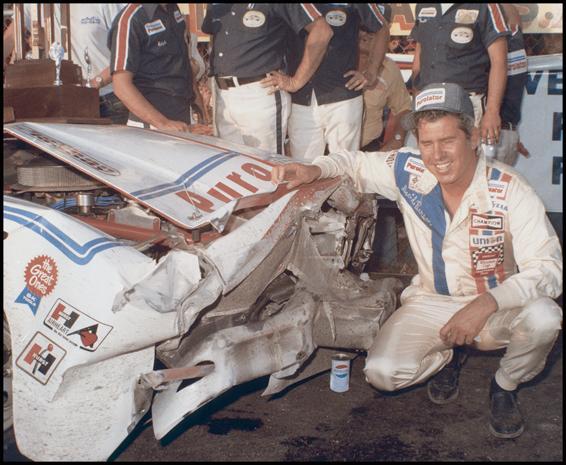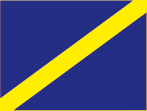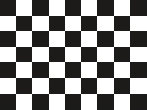INTRODUCTION
STOCK CAR RACING
Stock car racing is one of the most exciting motorsports in the world. Stock cars are based on production models of regular cars. But underneath the hood these cars are built for speed.
In the United States the National Association for Stock Car Racing (NASCAR) organizes this popular sport. Huge crowds attend NASCAR races all over the country. Stock cars also race in different places around the world.
It is a competition where every second counts. Drivers must fight to stay ahead. When cars collide, or a driver loses control, it may be a matter of life and death. Every moment of a stock car race can bring drivers one step closer to victory or defeat.
Fans come for the thrill of watching expert drivers speed around the track. The sound of roaring engines fills the air. hear the high-speed peel of tires in every turn.
CHAPTER 1
PILEUP AT DAYTONA
The Daytona International Speedway is one of the most important stock car race tracks in the world. Its been the scene of many wild moments in NASCAR history, including the largest stock car crash ever.
The year was 1960. Fans were eager for a fast race, and they got it. During the very first lap Dick Foley rounded a turn and spun out. His car went sideways across the track. The cars behind him were going at least 140 miles (225 kilometers) per hour. They tried to avoid him and went spinning off the course! Many flipped over completely.
Larry Frank was one of the 37 drivers who ended up in this record-shattering pileup. He said after the accident, My car flipped once, became airborne, and sailed completely over #21. It was a crash he would never forget. Nor would anyone else involved. The drivers escaped with only minor injuries and a crazy story to tell.
The Daytona International Speedway stadium is more than 1 mile (1.6 km) long.
WILD!
Stock car racing is a hot sport literally! Temperatures in the car are around 100 degrees Fahrenheit (38 degrees Celsius) during a race.
CHAPTER 2
RIVALS TO THE END
There are many between NASCAR drivers. In 1976 two drivers took the lead in the Daytona 500. The race has 200 laps. Richard Petty and David Pearson battled for first place for 45 of them. One of the men was always in the lead during the last quarter of the race.
Competing for the lead was nothing new for Petty and Pearson. The two men had already raced against each other many times. In the 1967 season they took first and second place in 57 races. If one crossed the finish line, the other was always right behind. Petty and Pearson didnt know it, but this time the battle for first place would be very different than the races before.
WILD!
NASCAR drivers do not need a state-issued drivers license to race. That means a driver could compete in a dangerous race, but not be allowed to drive a car home afterward.
Richard Petty and David Pearson both ended the 1976 Daytona 500 with wrecked cars.
In the third turn of the final lap Pearson passed Petty. The pass pushed Pearson ahead. But Petty stayed close. In turn four, the cars collided. Pettys car spun away, into the grass. Pearsons car slid into a pit, where it hit another car. Out in the grass, Pettys engine stopped and would not restart. This gave Pearson a clear shot to the finish line. It was only 50 yards (56 meters) ahead. Pearsons wrecked car was able to creep across the finish line at just 25 miles (40 km) per hour.
Despite the damage done to his car, David Pearson was still able to cross the finish line.
FLAGS
Flags are important in NASCAR races. They are used to communicate with drivers. The flagman sits in a stand at the finish line and waves each flag for drivers and fans to see. Each of the eight flags has a different color and meaning.
| GREEN FLAG
This is shown at the start of the race. Green means go! |
| YELLOW
Drivers must slow down due to a wreck or debris on the track. |
| RED
All cars must stop immediately when a red flag is waved. This is usually for safety reasons. |
| BLACK
The black consultation flag means drivers must report to officials within five laps. |
| BLACK FLAG WITH DIAGONAL WHITE STRIPES
If a driver ignores a black flag, they are given a warning with a black flag with white stripes. |
| BLUE FLAG WITH DIAGONAL YELLOW STRIPE
This courtesy flag is for drivers that should yield to faster approaching cars. |
| WHITE
The white flag means the lead driver has begun the final lap. |
| CHECKERED FLAG
The checkered flag is every drivers favorite one to see! It is waved when the winner crosses the finish line. |
CHAPTER 3
SEEING CLEARLY
Some crashes change the course of a drivers career. Some can even change the sport itself. In 1984 Ricky Rudd entered the Busch Clash. He was going into a turn when his car suddenly went sideways. The wheels caught on the side of the track. The front of his car went skyward. His car spun across the grass and flipped upside down in the air. It came to rest on all four wheels.
Rudd walked away with his eyes swollen shut. He went on to race the very next week. It was a dangerous choice. NASCAR wanted to prevent such dangerous choices in the future. After his accident, NASCAR a rule that drivers must be examined by a doctor after every crash before they can race again.

